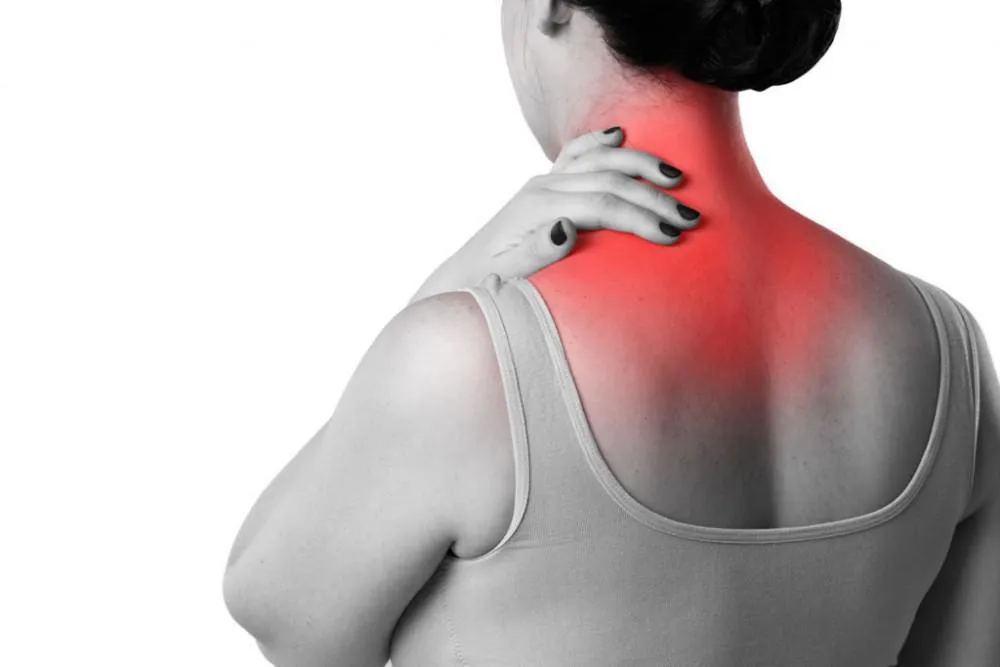Achilles Tendinitis: Symptoms, Causes, Prevention
Achilles tendinitis is a prevalent overuse injury that impacts the Achilles tendon—a critical band of tissue that connects the calf muscles to the heel bone.
Nov. 4, 2023, 6 min read, Articles
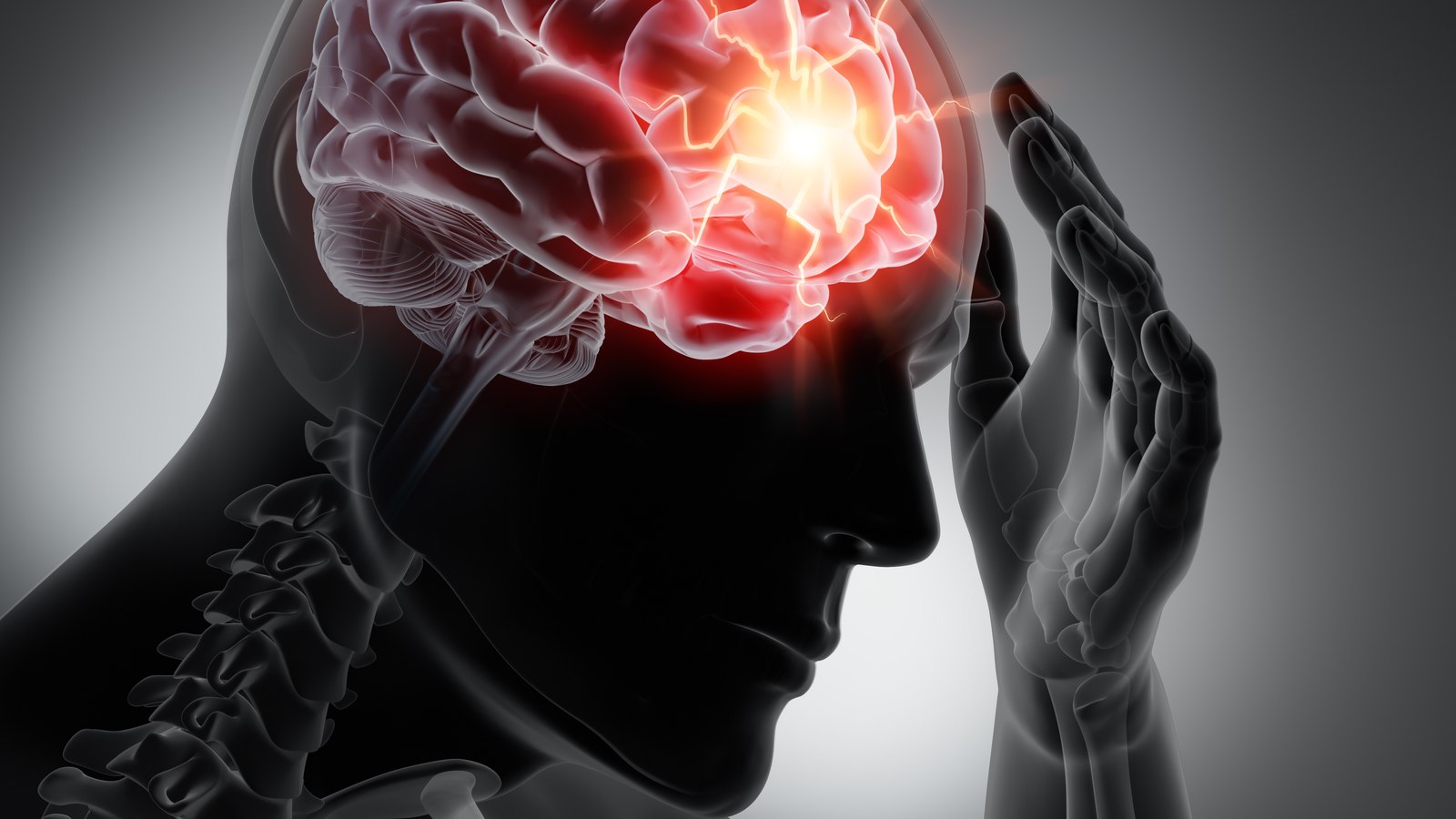
Traumatic brain injury (TBI) often results from a violent blow or jolt to the head or body, causing various physical and psychological effects. While mild cases might lead to temporary brain cell impairment, more severe instances can result in long-term complications, including altered consciousness or even death. Traumatic brain injuries (TBIs) represent a critical public health issue arising from accidents and sports-related incidents. Their profound impact on cognitive, physical, and emotional well-being underscores the need to understand their causes, symptoms, and rehabilitation strategies. This article elucidates the complexities of traumatic brain injuries, focusing on their implications and effective management through physiotherapy and osteopathy.
Traumatic brain injury can have a wide-ranging impact, with some signs or symptoms manifesting immediately after the traumatic event, while others may appear days or weeks later.
Sensory symptoms
Physical symptoms:
TBIs can occur due to a multitude of reasons, with the most common being falls, motor vehicle accidents, and sports-related injuries. Additionally, instances of physical assaults or combat-related injuries can also lead to traumatic brain injuries. The impact of sudden acceleration or deceleration forces can cause the brain to collide with the skull, resulting in contusions, hematomas, or diffuse axonal injuries.
Several complications can occur immediately or soon after a traumatic brain injury. Severe injuries increase the risk of a greater number of and more-severe complications, including:
Altered consciousness: Moderate to severe traumatic brain injury can result in prolonged or permanent changes in a person's state of consciousness, awareness, or responsiveness. Different states of consciousness include:
To reduce the risk of brain injury, follow these preventive measures:
For older adults, implement these precautions:
Protect children from head injuries with these measures:
Physiotherapy and osteopathy play crucial roles in the comprehensive rehabilitation of patients with traumatic brain injuries. Physiotherapy focuses on the restoration of physical function, such as motor skills, balance, coordination, and muscle strength. Through targeted exercises, physical therapists help patients improve their range of motion, alleviate muscle stiffness, and regain motor control. Additionally, physiotherapy assists in the management of pain, vertigo, and headaches, which are common symptoms associated with traumatic brain injuries.
Osteopathy, on the other hand, emphasizes the manipulation of the musculoskeletal system to promote healing, reduce pain, and improve overall physical well-being. Osteopathic techniques can effectively address issues such as headaches, muscle tension, and impaired coordination, often associated with traumatic brain injuries. By employing gentle and non-invasive manual manipulation, osteopathic practitioners aim to enhance the body's self-healing capabilities and facilitate the restoration of neurological functions.
In conjunction with physiotherapy and osteopathy, the comprehensive range of services offered by York Rehab Clinic presents an advantageous array of treatment options for patients with traumatic brain injuries. Specifically, the clinic's specialized services, such as shockwave therapy, knee decompression therapy, spinal decompression therapy, acupuncture, and platelet-rich plasma (PRP) therapy, complement the rehabilitative process. Shockwave therapy can aid in the management of chronic pain and musculoskeletal issues, enhancing the overall effectiveness of the treatment plan. Additionally, knee and spinal decompression therapies contribute to alleviating pain and promoting the regeneration of injured tissues, facilitating the recovery process for patients with traumatic brain injuries.
Furthermore, acupuncture, known for its ability to alleviate pain, reduce inflammation, and improve neurological function, can significantly complement the physiotherapy and osteopathy treatments. Acupuncture can effectively address symptoms such as headaches, sensory disturbances, and cognitive impairments, thereby enhancing the overall well-being of patients during their recovery journey.
By integrating these diverse services, York Rehab Clinic aims to provide comprehensive and individualized care for patients with traumatic brain injuries, emphasizing a holistic approach that addresses both physical and neurological rehabilitation needs. With a focus on personalized treatment plans tailored to each patient's specific requirements, the clinic strives to promote optimal recovery and improved quality of life for individuals navigating the challenges posed by traumatic brain injuries.
In conclusion, traumatic brain injuries (TBIs) present complex challenges, with wide-ranging physical, cognitive, and emotional implications. Understanding the causes, symptoms, and potential complications associated with TBIs is crucial for effective management and rehabilitation. Physiotherapy and osteopathy, in conjunction with specialized services provided by York Rehab Clinic, play instrumental roles in the holistic treatment of traumatic brain injuries. Through a multidisciplinary approach that addresses physical rehabilitation, pain management, and neurological function enhancement, patients can benefit from a comprehensive and tailored treatment plan that aims to promote optimal recovery and improve overall quality of life. By combining expertise, cutting-edge therapies, and personalized care, York Rehab Clinic remains committed to supporting individuals in their journey towards recovery from traumatic brain injuries.
Achilles tendinitis is a prevalent overuse injury that impacts the Achilles tendon—a critical band of tissue that connects the calf muscles to the heel bone.
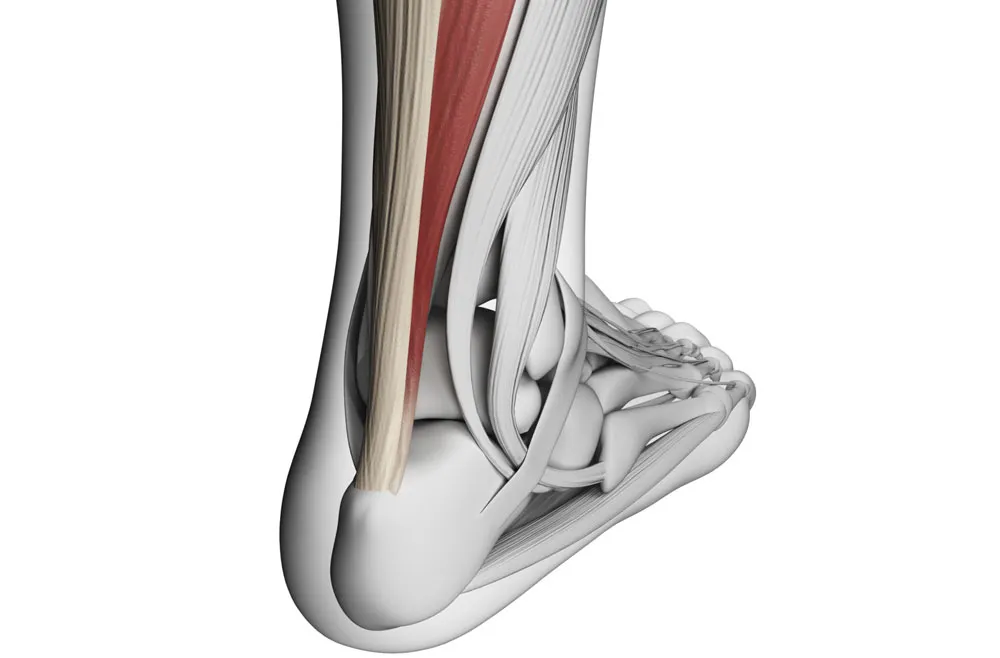
Back pain is a prevalent and often debilitating condition that can affect individuals of all ages and walks of life.
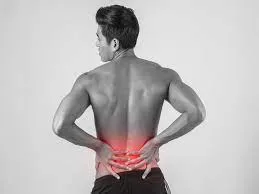
Arthritis is a common and often painful condition that affects millions of individuals worldwide. It's not a single disease but rather a group of more than 100 different types of joint-related conditions.
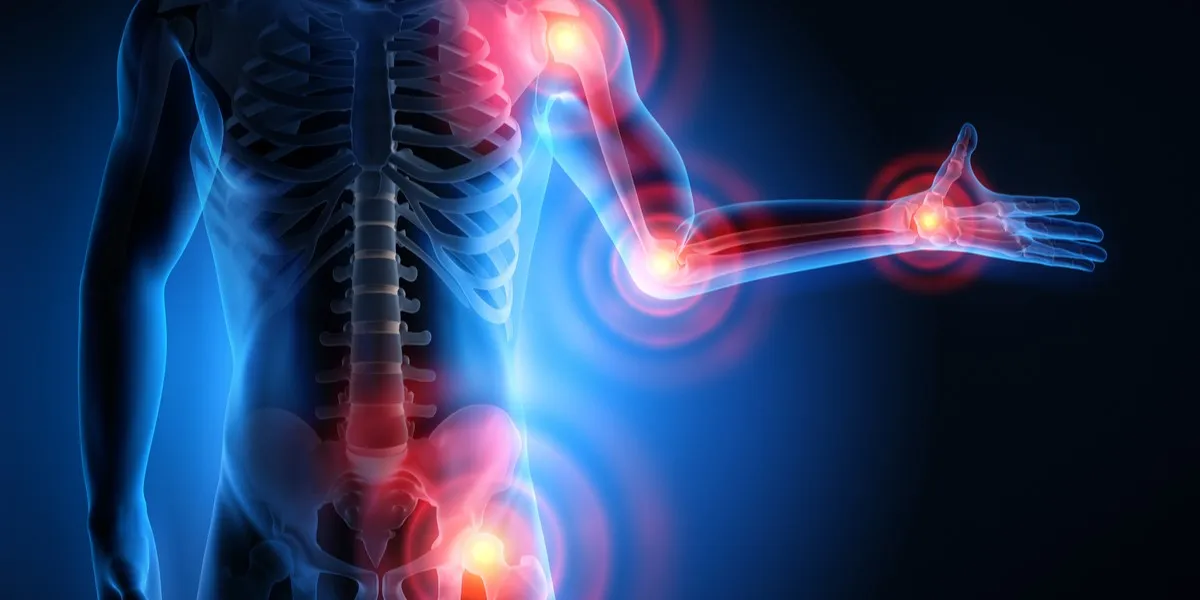
Ankle injuries are prevalent in the world of sports and can be a significant setback for athletes.
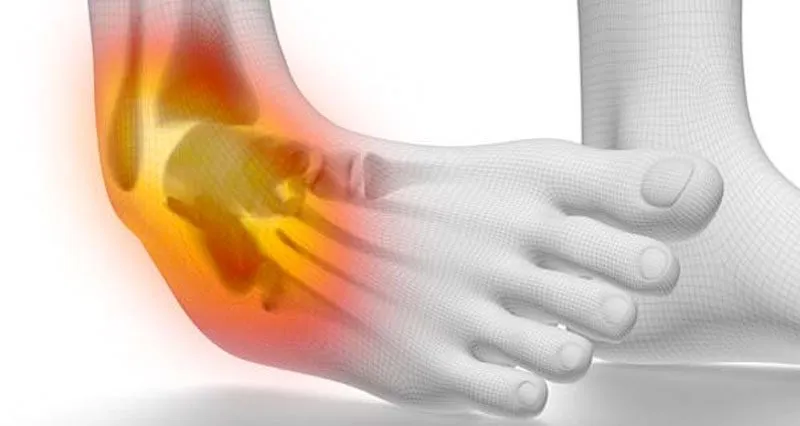
Amyotrophic Lateral Sclerosis (ALS), often referred to as Lou Gehrig's disease, is a progressive neurodegenerative disorder that affects nerve cells in the brain and spinal cord.
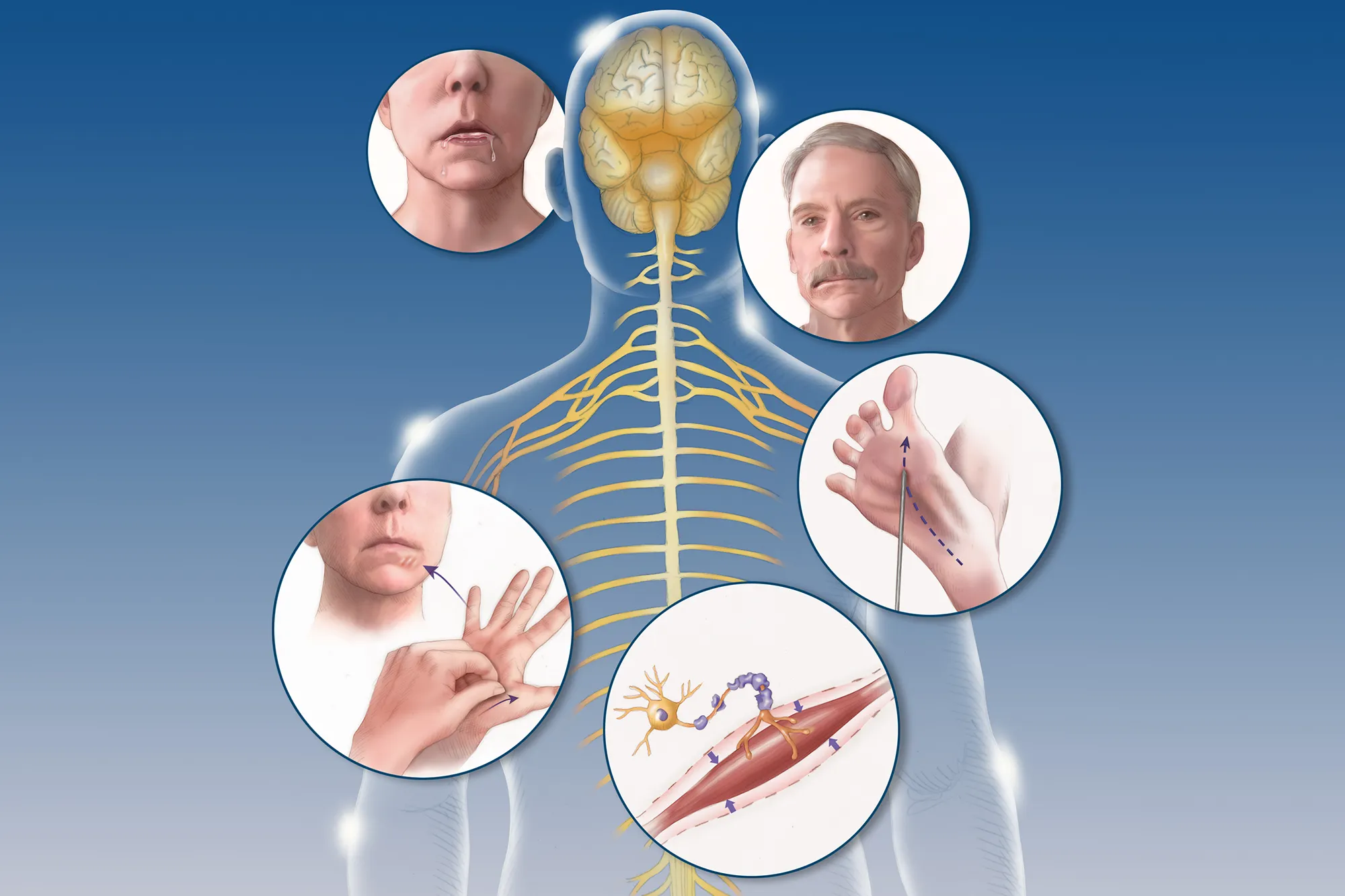
Degenerative Disc Disease (DDD) is a common condition that affects the intervertebral discs in the spine.
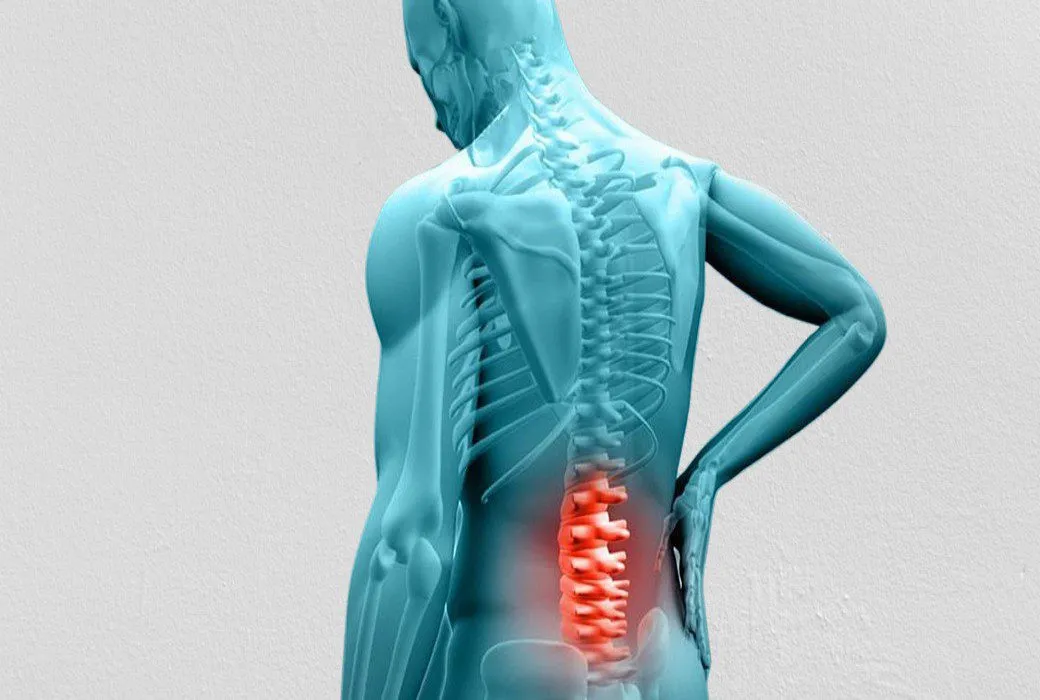
Myalgic Encephalomyelitis/Chronic Fatigue Syndrome (ME/CFS) is a perplexing and debilitating condition that impacts individuals, often altering their daily lives and challenging conventional understanding.
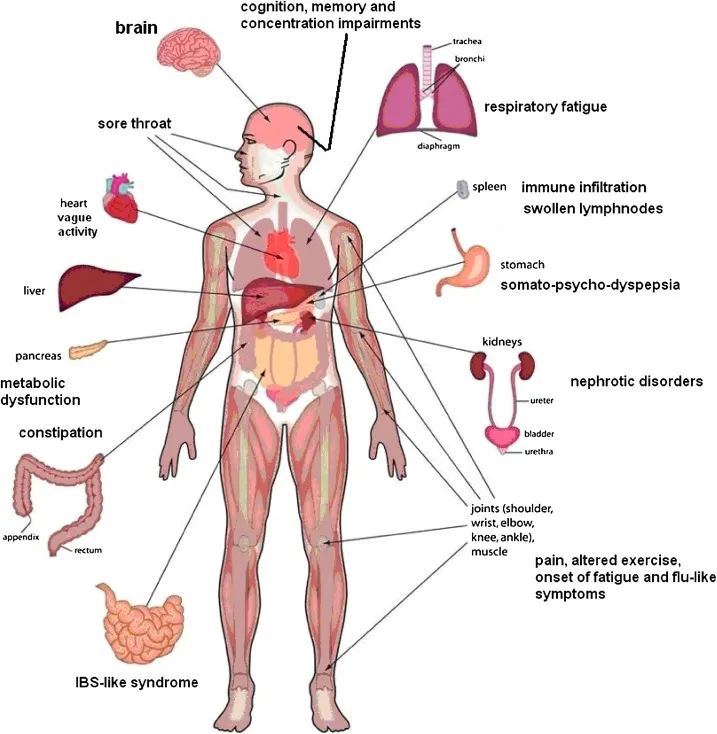
Muscular dystrophy encompasses a group of diseases leading to progressive muscle weakness and loss of muscle mass. The development of abnormal genes disrupts the production of necessary proteins crucial for healthy muscle function.
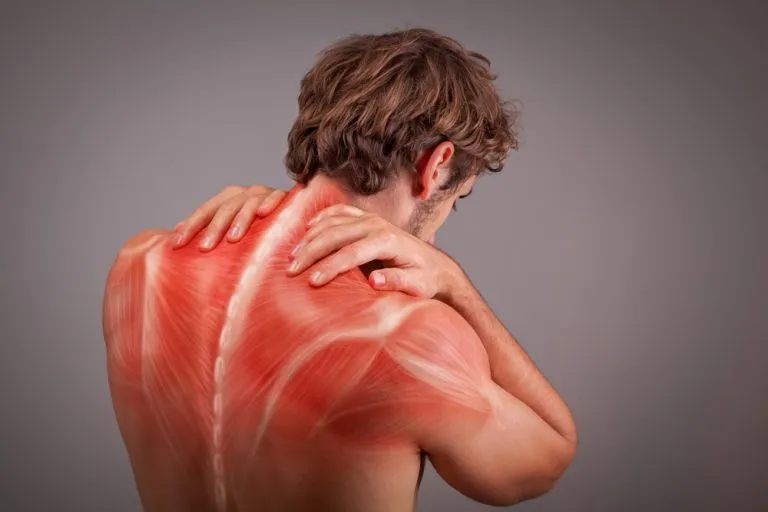
Fibromyalgia stands as a complex and often misunderstood condition characterized by widespread musculoskeletal pain, fatigue, and sleep disturbances
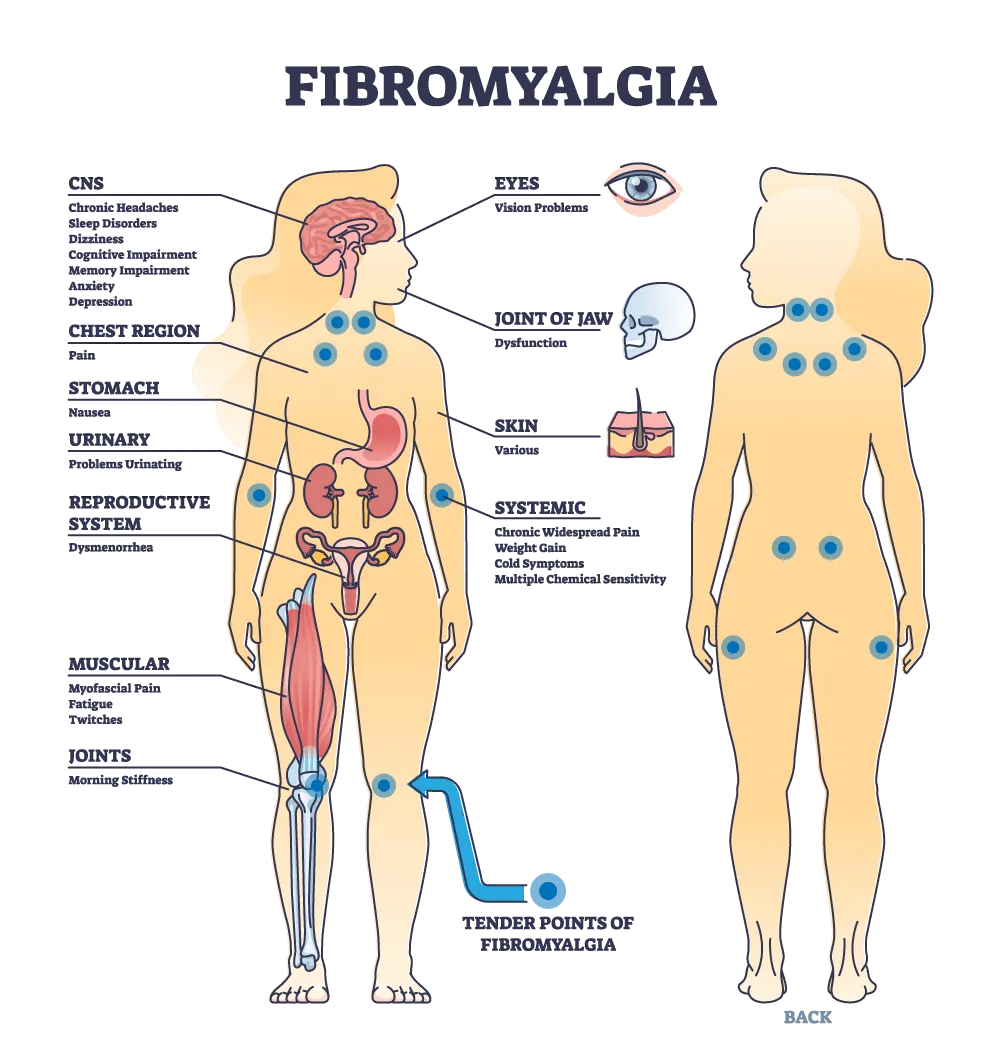
Bunions, medically referred to as "hallux valgus," are a common and often painful foot deformity that affects the joint at the base of the big toe.
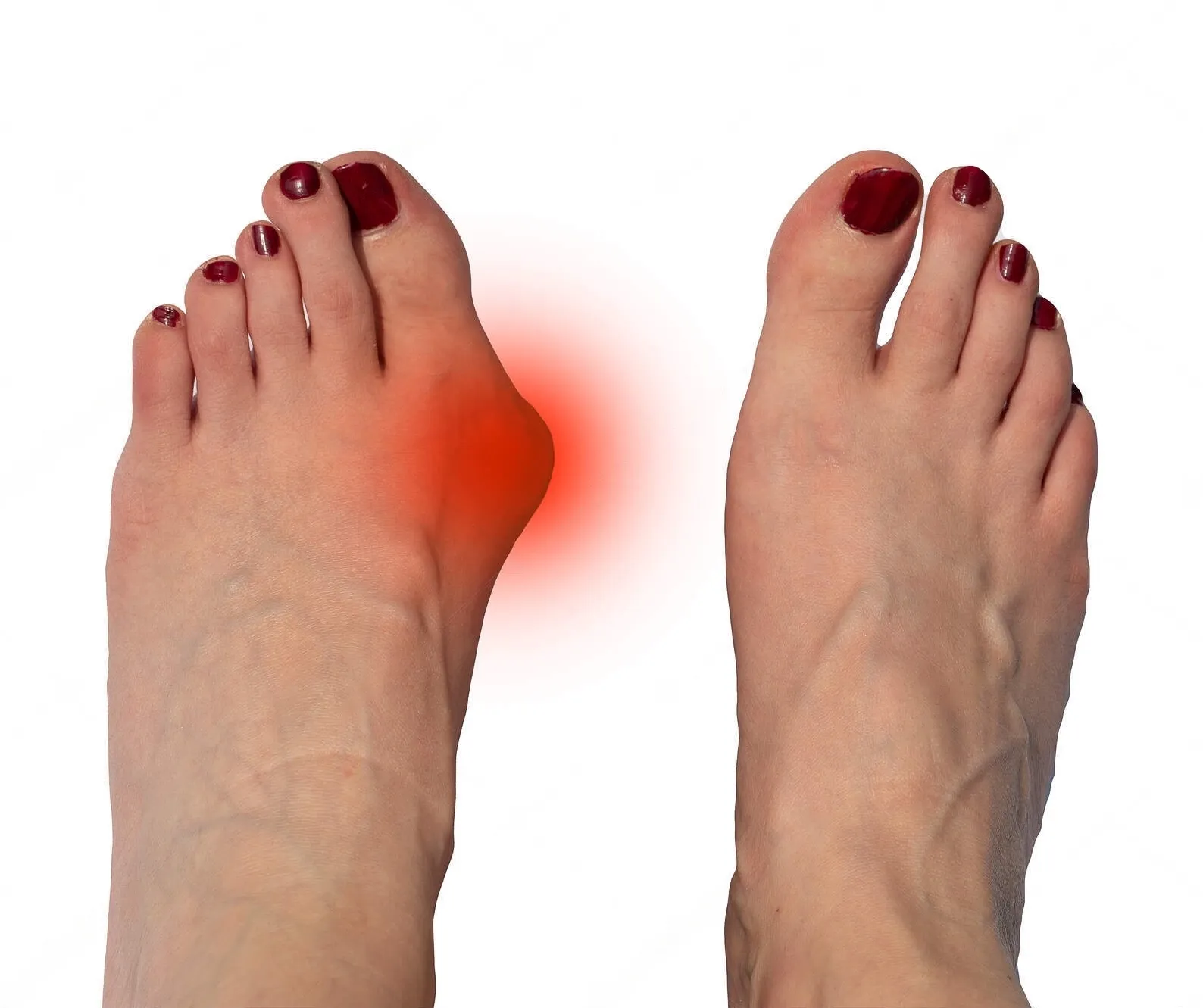
Herniated disc symptoms can be debilitating, causing pain, numbness, and mobility limitations.
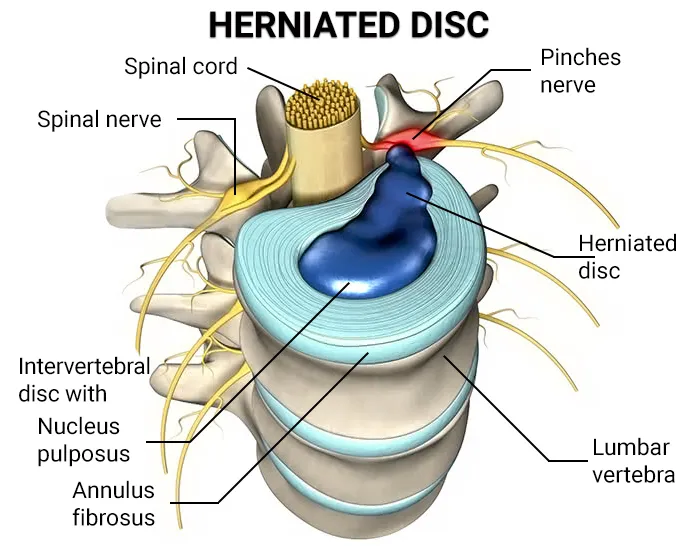
A heel spur is a bony growth that pokes out below your back heel bone inside of your foot. Heel spurs happen when stress and strain damages your foot ligaments.
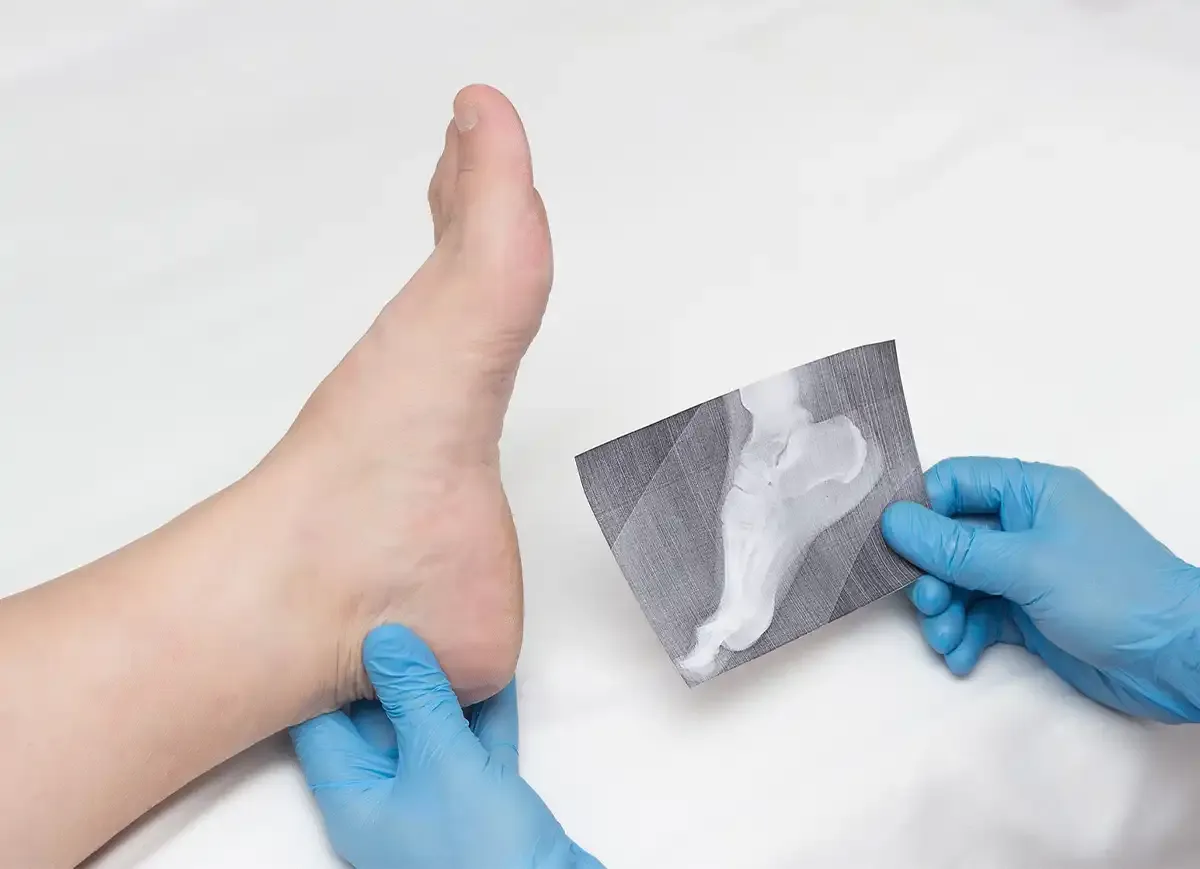
Knee pain is a widespread issue that can significantly impact a person's mobility and quality of life.Knee pain is a widespread issue that can significantly impact a person's mobility and quality of life.
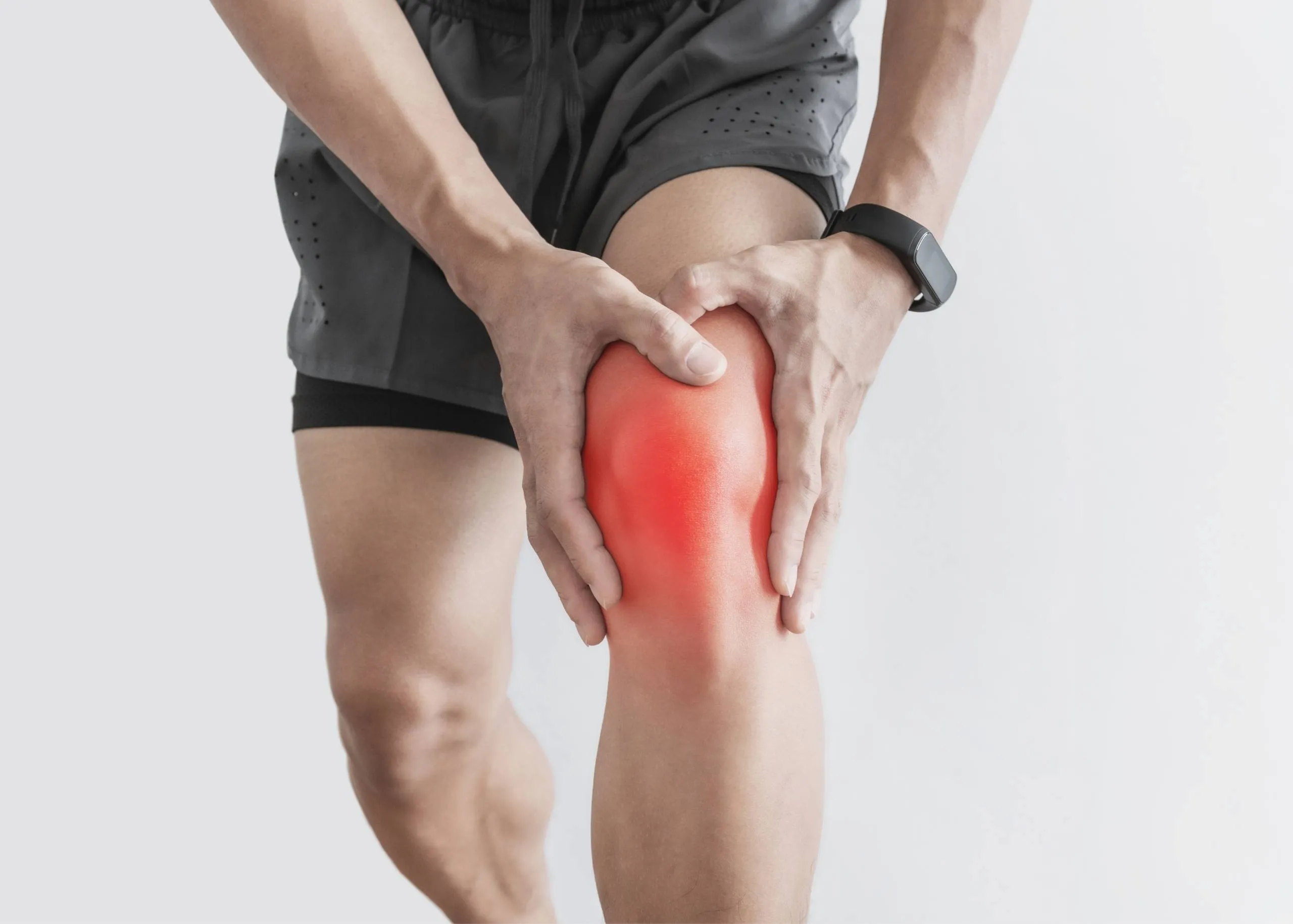
Heel pain can be a nagging and uncomfortable issue that affects many people. In this article, we will explore the various causes of heel pain, common symptoms associated with it, and the available treatments that can help you find relief and get back to your active lifestyle.
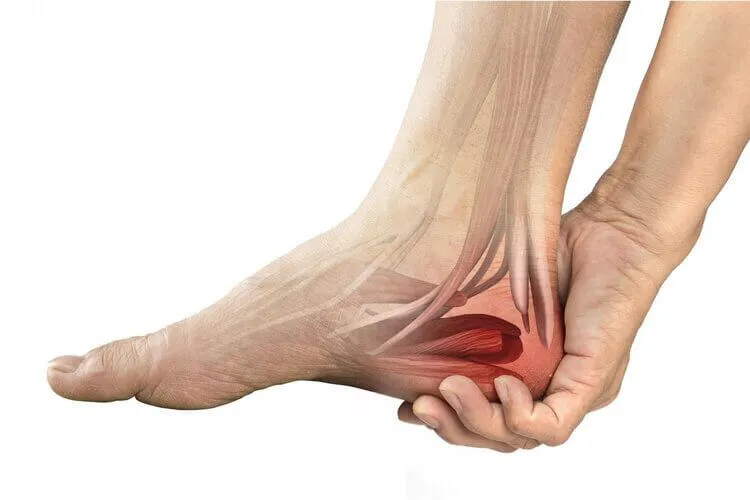
Military Neck, also referred to as Cervical Kyphosis, is a condition that affects the natural curvature of the cervical spine, resulting in the loss of its typical curve.
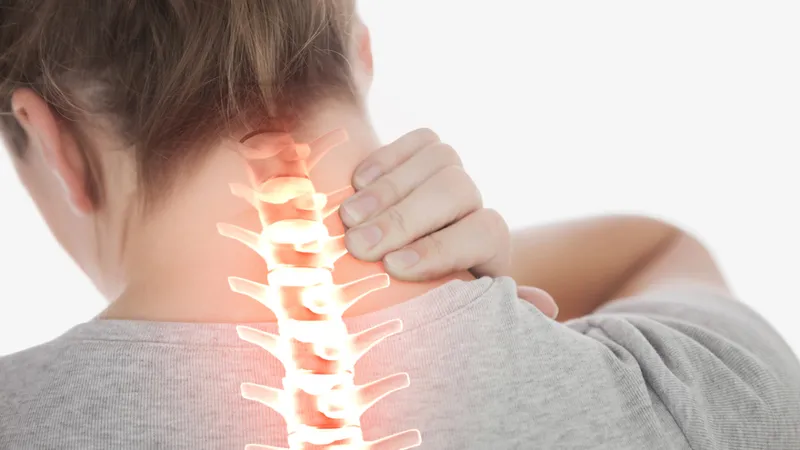
Migraines and headaches are prevalent neurological disorders that affect a significant portion of the population.

Lymphedema is a chronic condition characterized by the accumulation of lymphatic fluid, leading to persistent swelling, typically in the arms or legs.
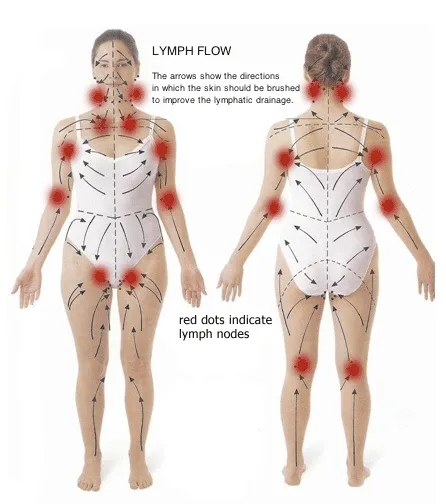
Plantar fasciitis is a common and often painful foot condition that affects millions of people worldwide.
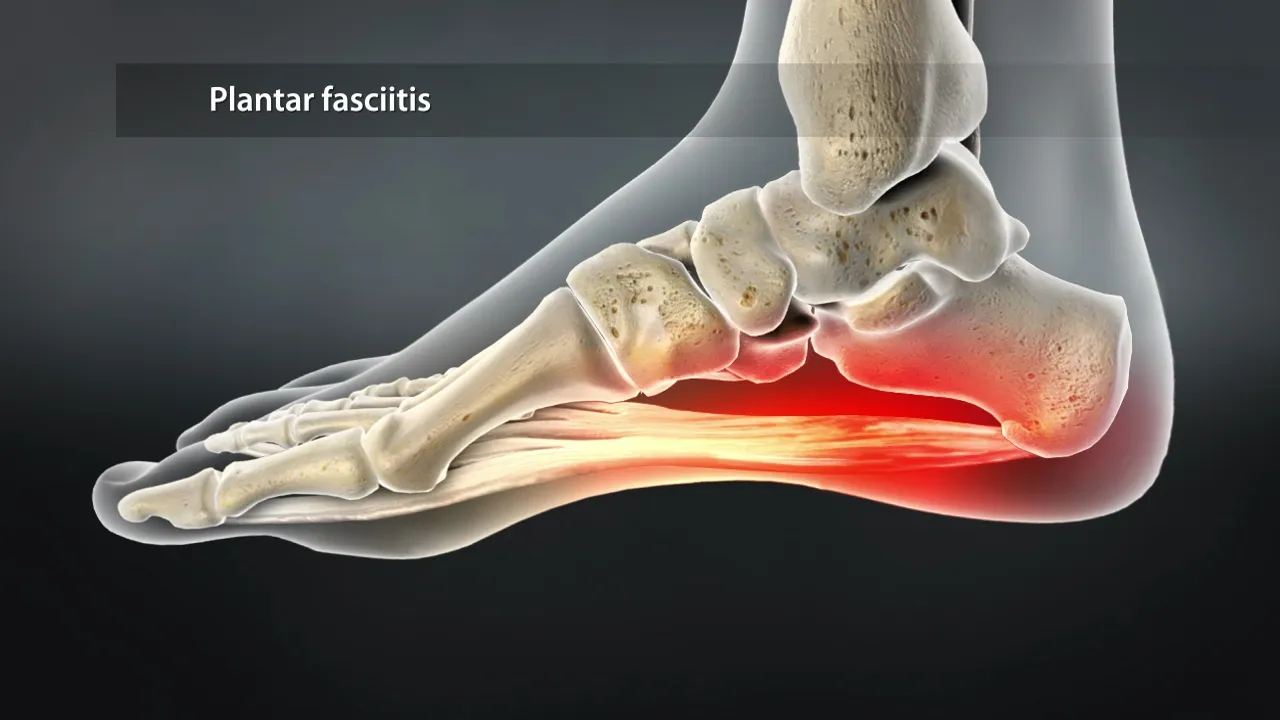
Piriformis syndrome is a perplexing condition, often overshadowed by more common sources of hip and lower back pain.
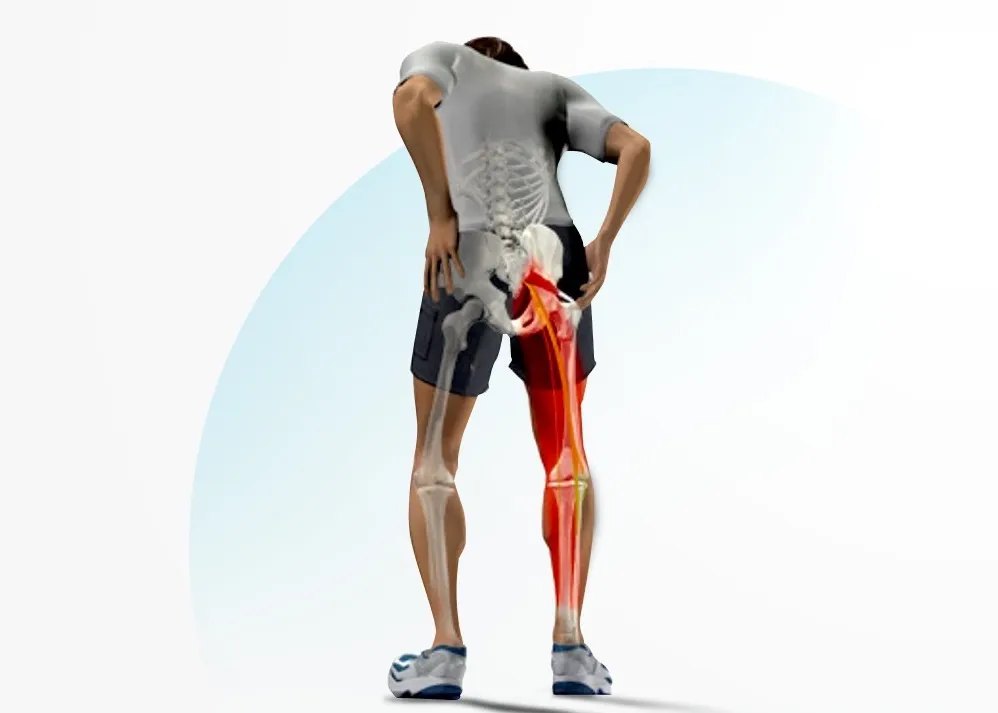
motor vehicle accidents (MVA) can result in a wide range of injuries, from minor bruises to severe trauma. in the aftermath of such incidents, seeking prompt medical attention is crucial for assessing and addressing any injuries sustained.

Sarcopenia is the gradual loss of muscle mass that can affect people in their 30s and beyond. WebMD explains its symptoms, causes, diagnosis, and treatments.
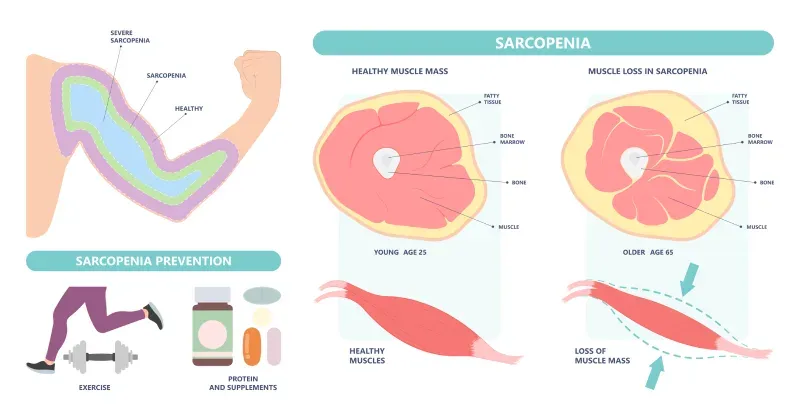
Spinal stenosis, a prevalent spinal condition, is characterized by the narrowing of the spinal canal, leading to discomfort and neurological symptoms.
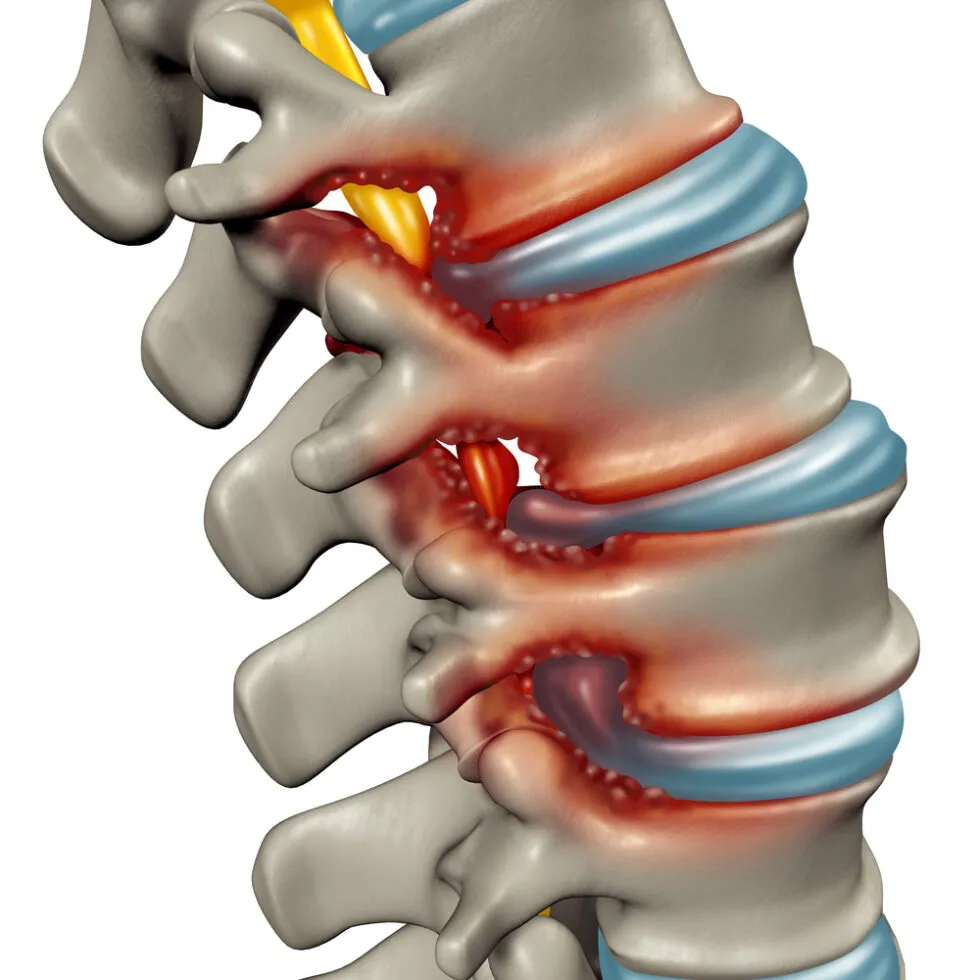
The sacroiliac joint, a crucial junction between the sacrum and the ilium bones in the pelvis, plays a pivotal role in supporting the weight of the upper body.
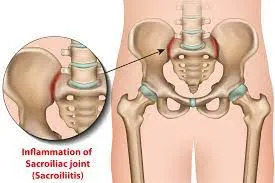
A rotator cuff injury can be a painful and limiting condition, impacting the functionality of the shoulder.
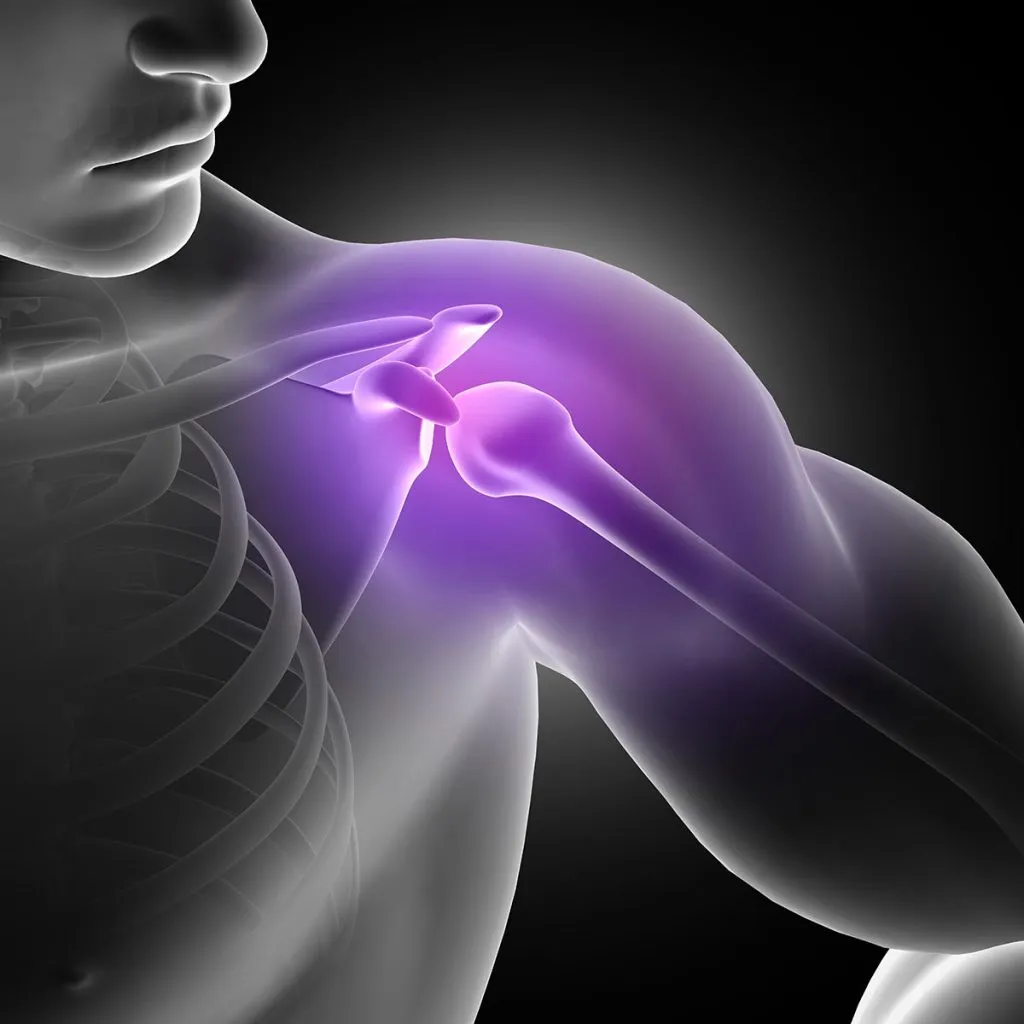
Suffering from lower back pain from sitting? It could be from poor ergonomics in your workplace. Learn more with these tips for how to alleviate pain from sitting.
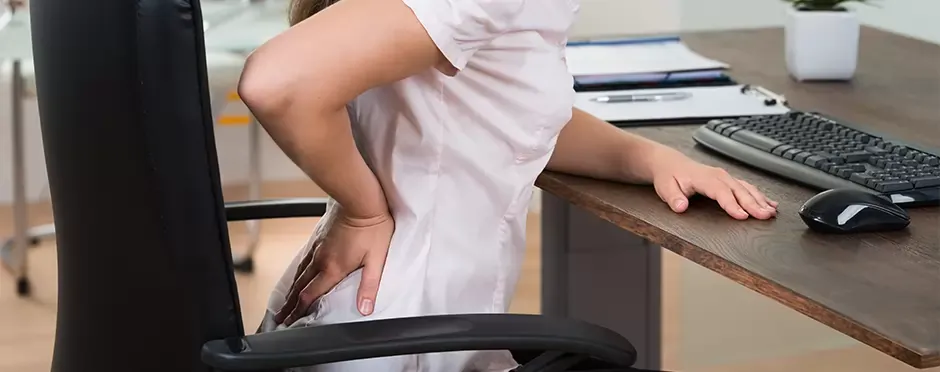
Sciatica is a painful and often debilitating condition that affects numerous individuals worldwide.
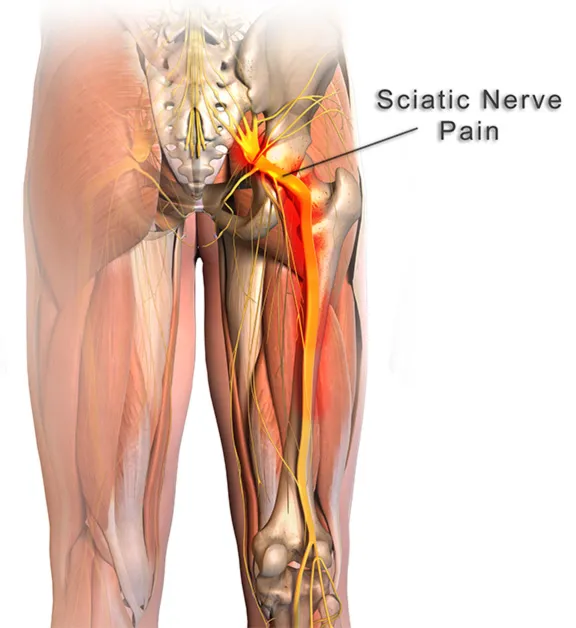
Gluteal tendinopathy is a condition that affects the tendons in the gluteal region, leading to pain and restricted mobility.
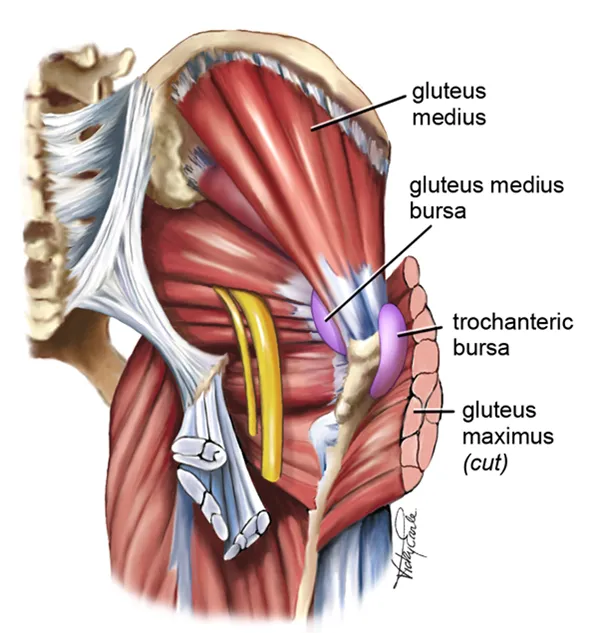
Tennis Elbow, also known as Lateral Epicondylitis, is a painful condition that affects the tendons in the forearm, causing discomfort and limited mobility in the elbow and wrist.

The temporomandibular joint (TMJ) serves as a pivotal mechanism, allowing us to perform everyday activities such as speaking, chewing, and yawning with ease. However, when this complex joint encounters issues, it can lead to Temporomandibular Joint Syndrome (TMJ syndrome).
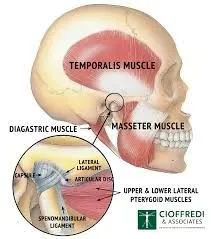
Tarsal Tunnel Syndrome (TTS) is a common and often painful condition affecting the tarsal tunnel—a narrow passage in the ankle.
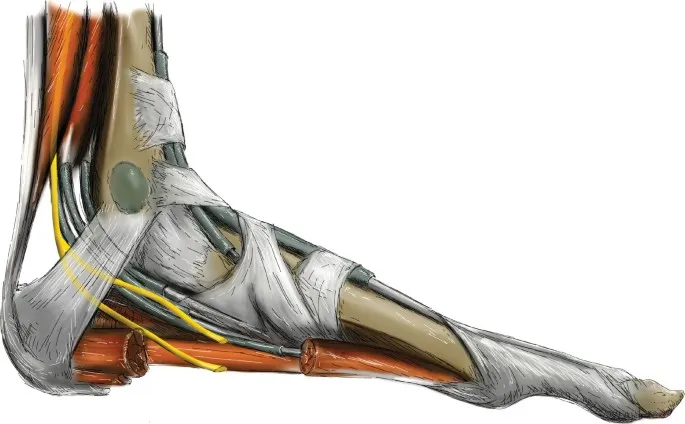
Explore the impact of time-restricted eating on heart health. Learn about the connection between diet and cardiovascular risk.
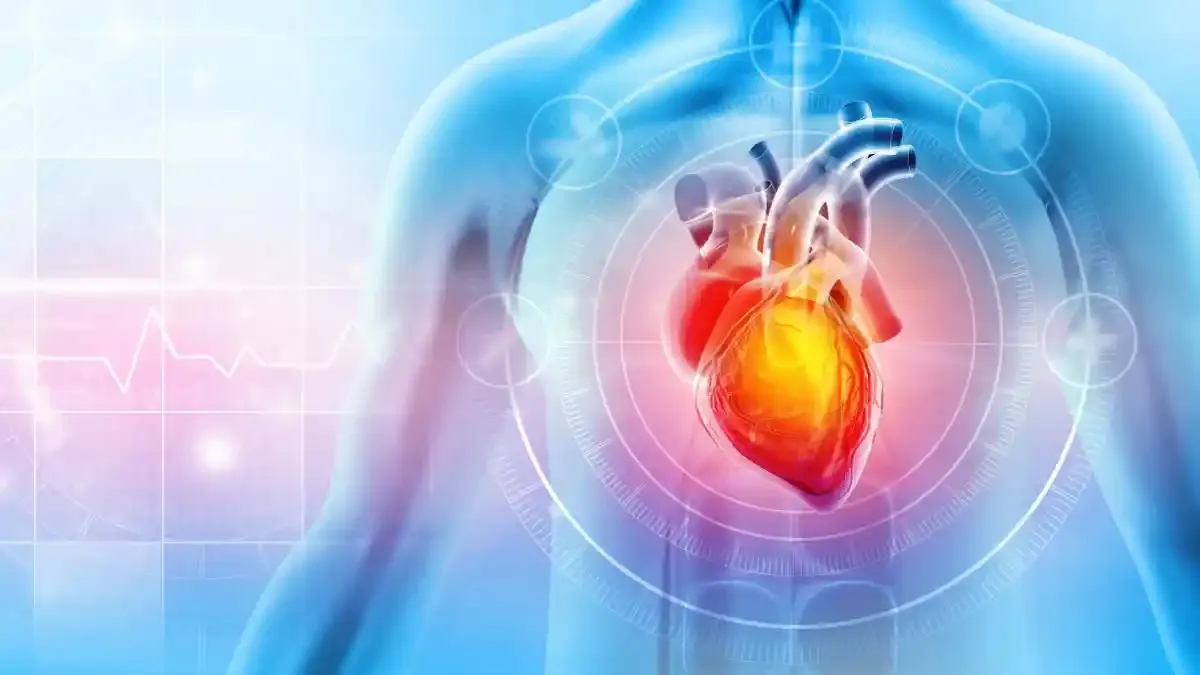
Most cases of foot or ankle pain are short term and are caused by soft tissue injuries, such as sprains or strains. You can usually ease the pain yourself But see York Rehab Clinic if the pain does not improve.
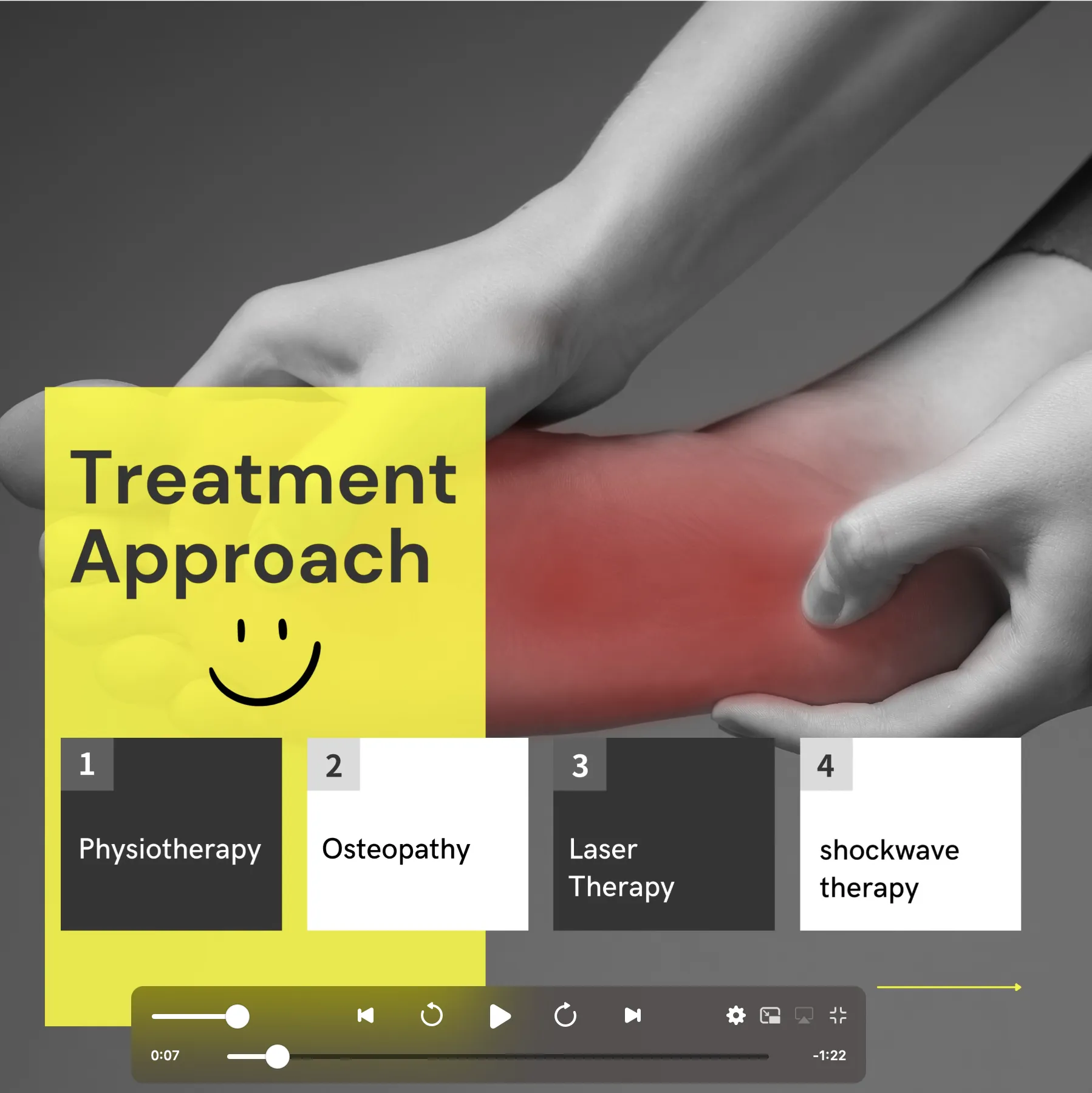
Bow legs is a genetic condition where the knees bow outward when standing. Learn its symptoms and causes at York Rehab Clinic.
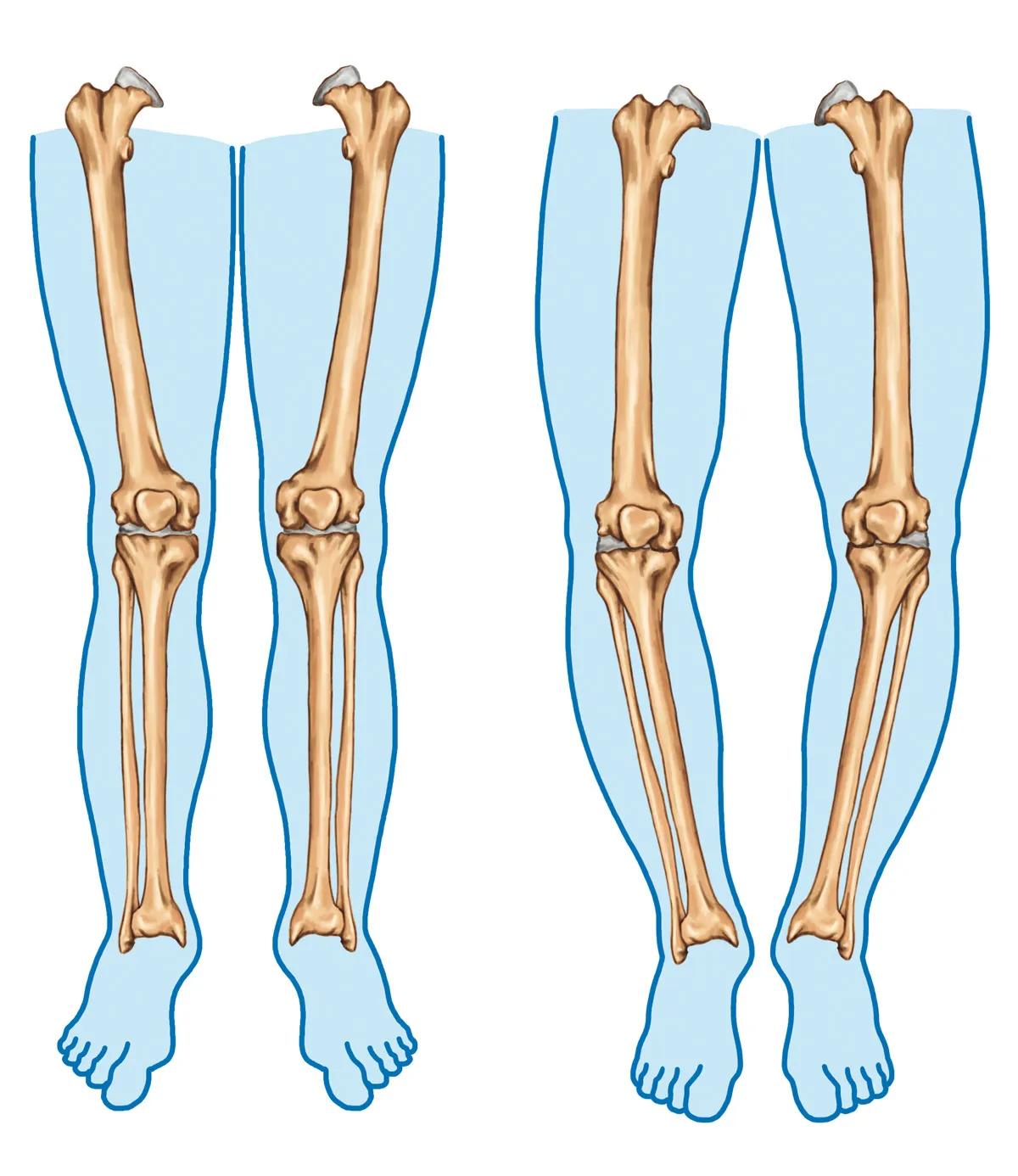
This article explores the complexities of Parkinson’s Disease and sheds light on the therapeutic benefits offered by osteopathy and physiotherapy.
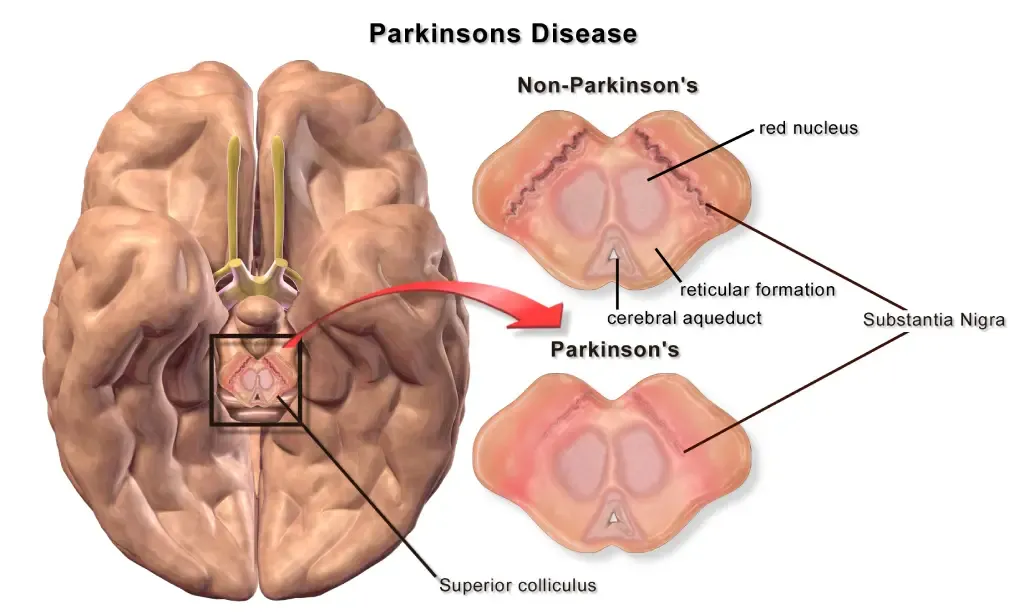
Cervical spondylosis, a prevalent condition, unfolds as a result of wear and tear on the spinal discs in the neck.
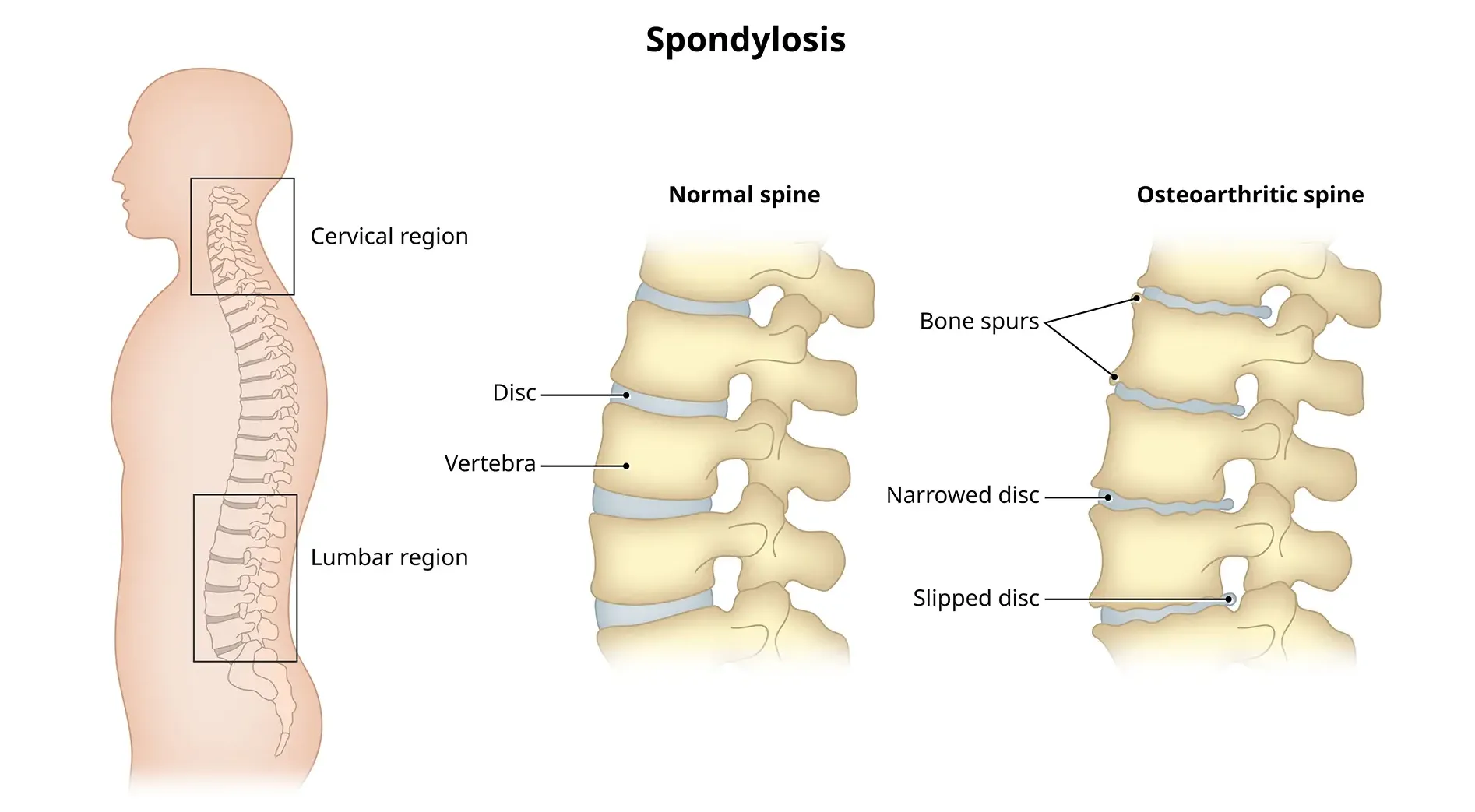
A dowager’s hump, a curve at the base of your neck, can cause extreme fatigue, back pain and headaches.
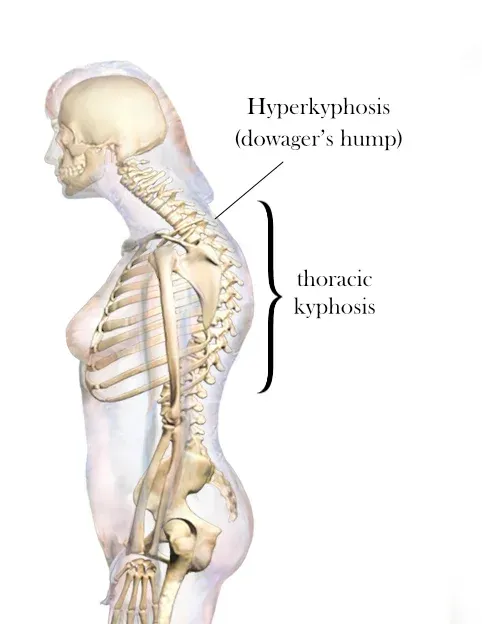
Flat feet cause pain, muscle strain, and fatigue. Treatments can ease discomfort. Symptoms include ankle pain, muscle fatigue and changes in walking.
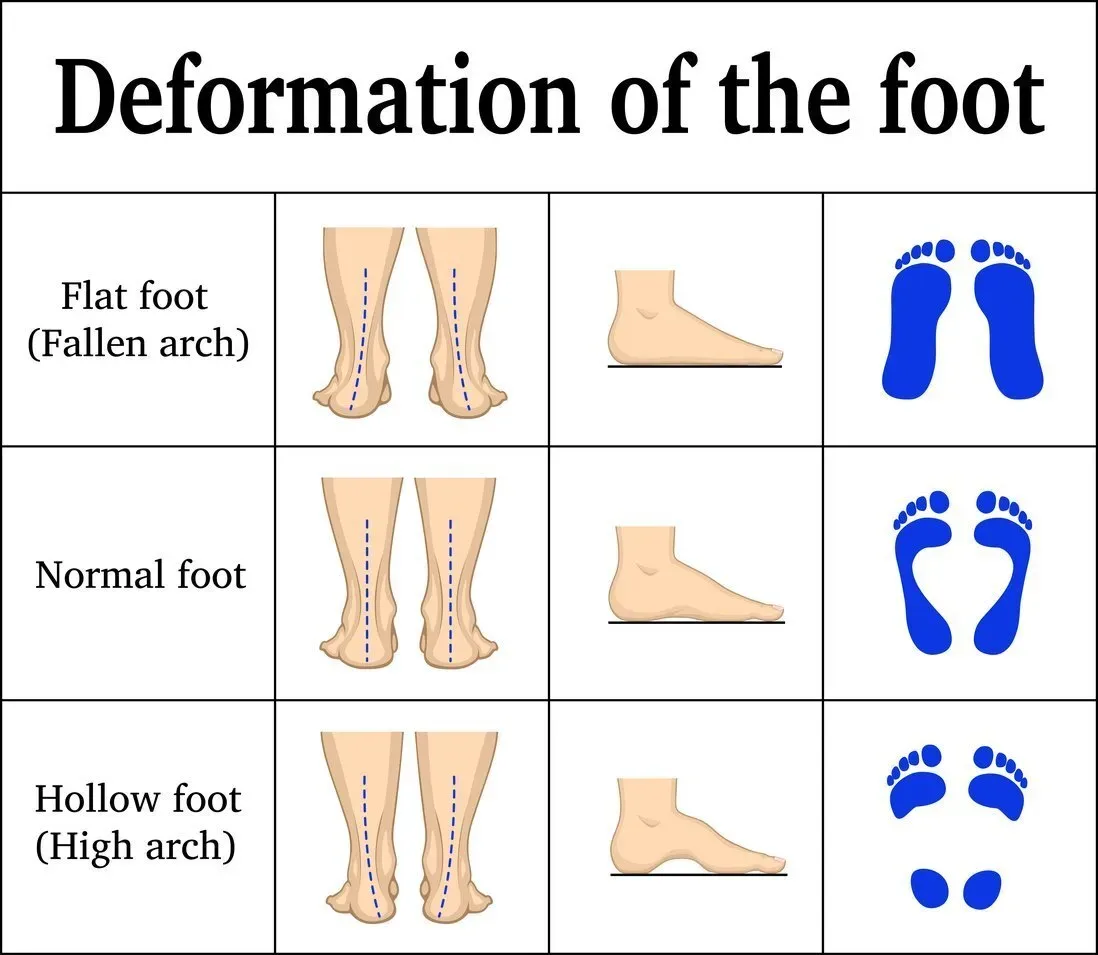
Introduction: Neck stiffness can be a discomforting and limiting condition that affects people of all ages.
